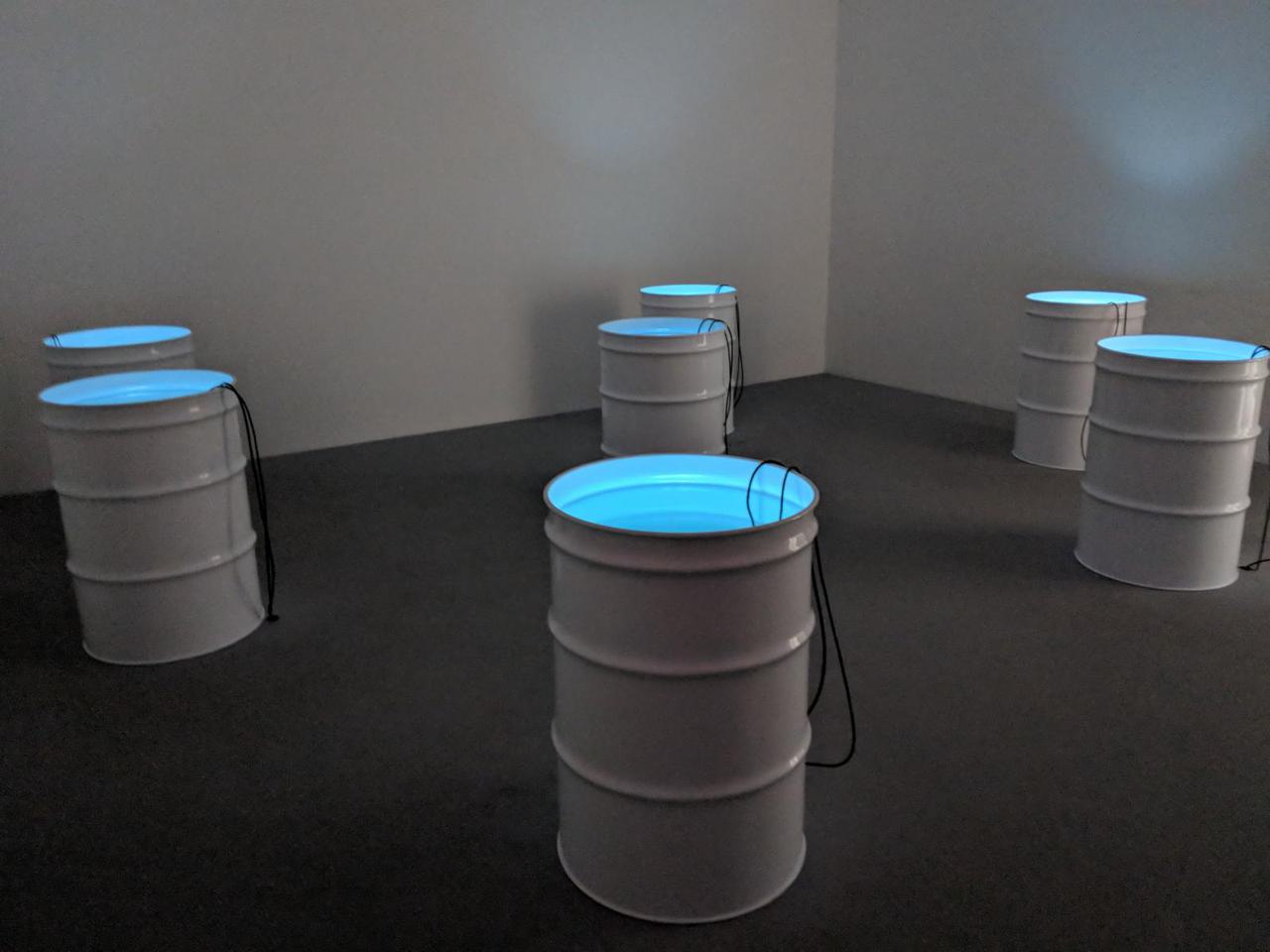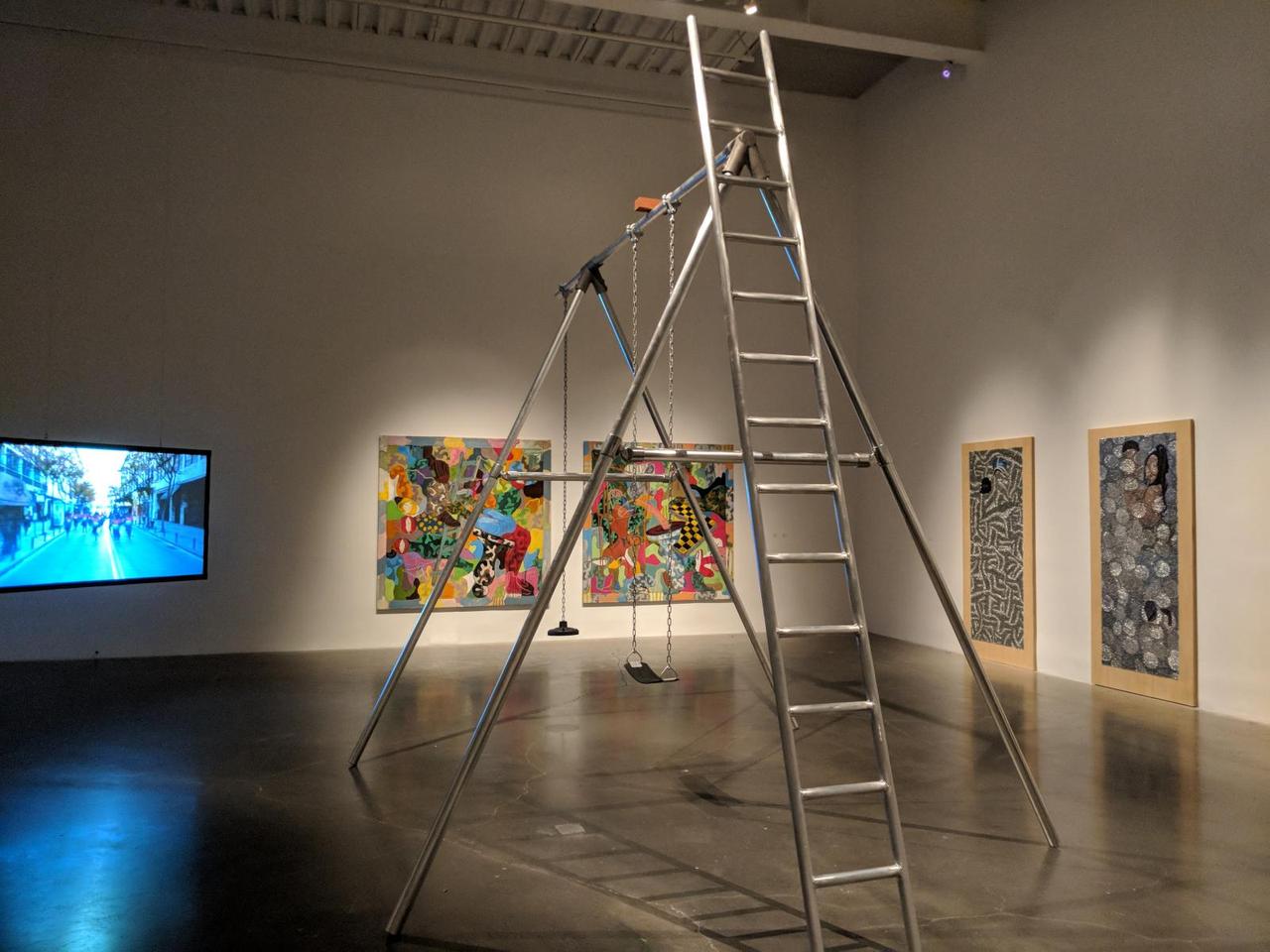Anri Sala
Anri Sala (b. 1974) is an Albanian-born artist who uses video and sound to create complex works of art that emanate from the painful history of his home country and its Communist past. His work demonstrates careful attention to detail and a sophistication of thought and subtlety.
Sala studied painting at the Albanian National Academy of Arts from 1992 to 1996 and later studied video in Paris, France at the École Nationale Supérieure des Arts Décoratifs from 1996 to 1998. His pivotal work, Intervista—Finding the Words (1998), was made when he was still a film student in Paris. To produce this work he found 25-year old video footage featuring his own mother at a Communist rally in Albania. The found footage had no audio so neither he nor his mother had any idea what was being said. He then was able to get a deaf person skilled at lip reading to watch the video and recreate the transcript. Using the transcript he could tell his mother what she said. Her reaction to her own words was one of shock and disbelief. Anri said of his mother’s words, “if you hear it 25 years later you are surprised and saddened by the stiffness of the language.” The work confronts Albania’s painful history in a powerful way.

